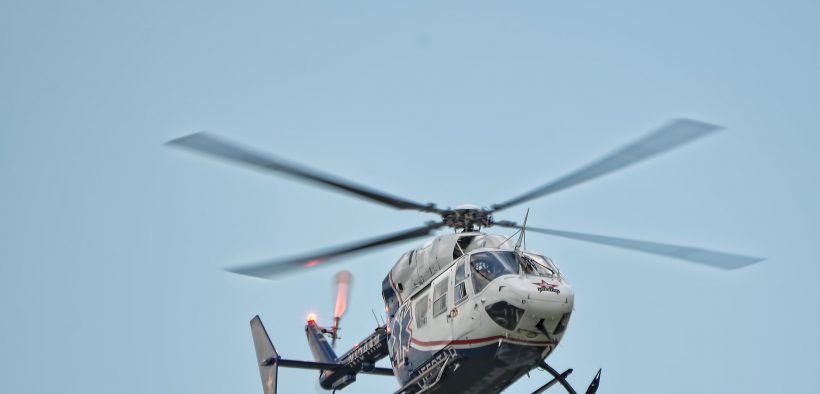How Private Equity Exploited Ambulances and Vulnerable Patients

“Under the new paradigm of private equity, poorly maintained ambulance services siphon profit from vulnerable patients.”
Wall Street investment firms are behind soaring ambulance costs, according to a Thursday article by the American Prospect’s Olivia Webb and a new book by John Hopkins’ surgeon Martin Makary.
Private equity firms, which buy up businesses with the goal of turning a profit, have been heavily criticized in recent months for embodying the worst of modern capitalism. From housing to retail to nursing homes, critics argue these firms suck the value out of the companies they purchase at the expense of workers and consumers.
“Workers have been abused by many facets of today’s American capitalism. But if you see a company with particularly brutal layoffs, pay cuts, and scams to loot pension funds, the owner is often a private equity firm,” the American Prospect’s Robert Kuttner explains.
Webb recounts how after decades of nonprofit and local government provided service, private equity firms began buying up ambulance companies in the wake of the 2008 recession. Since then, quality of emergency medical service has declined while costs have soared. “Under the new paradigm of private equity, poorly maintained ambulance services siphon profit from vulnerable patients,” writes Webb.
A 2017 GAO report showed that the median price for air ambulance services doubled, from $15,000 to $30,000, between 2010 and 2014, and reached over $36,000 by 2017. “Between 2007 and 2016, the average price charged by one air ambulance company for a transport rose from $13,000 to $50,000,” according to Axios. Two of the three biggest air medical transport companies are private equity-owned, and another study found that almost 85 percent of air ambulance crashes between 1998 and 2012 were operated by for-profit companies.
Private equity-owned air ambulance companies frequently fail to make deals with insurance companies, leaving the majority of patients out of network and “likely indicating that the air ambulance providers are purposely refusing to negotiate with insurers, preferring to instead bill patients exorbitantly,” according to Webb. The arrangement allows for “surprise bills,” where patients are hit with huge bills their insurers won’t cover. Congress has recently targeted air ambulances in its’ attempts to regulate surprise billing, with the industry working to fight back.
“The air ambulance industry has become big business in America,” writes Dr. Makary, who argues that around 80% of flights aren’t for emergencies, but instead for routine transfers. Makary attributes this in part to the efforts of ambulance companies to forge cozy relations with in-hospital staff and 911 operators. He offers an example of one air ambulance company bringing pizza to exhausted ER personnel, in an arrangement Webb writes appears “uncomfortably reminiscent of the pharmaceutical salesman/doctor relationships in the nascent stages of the opioid epidemic.”
“What is inarguable is that the current emergency medical transportation system represents a market failure. What was once a community service, provided at little or no charge to the patient, has become a financialized moneymaker for the wealthy,” writes Webb. “Patients in their most vulnerable state should not be forced to pay monopoly rents to private equity firms. Policymakers, entrepreneurs, and citizens should be outraged at the abusive prices being charged and take action to rectify the problem.”







